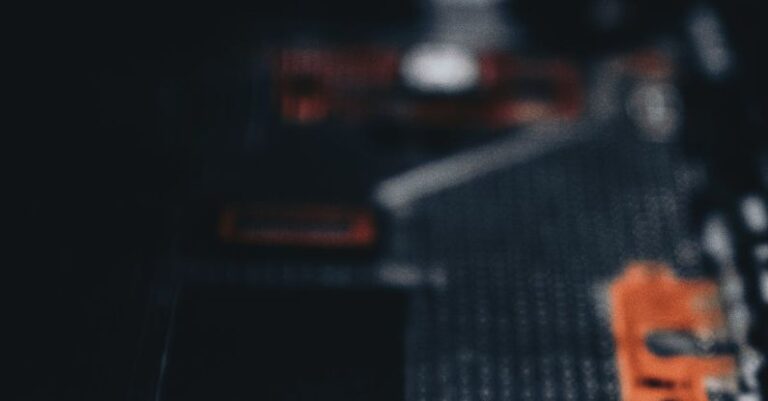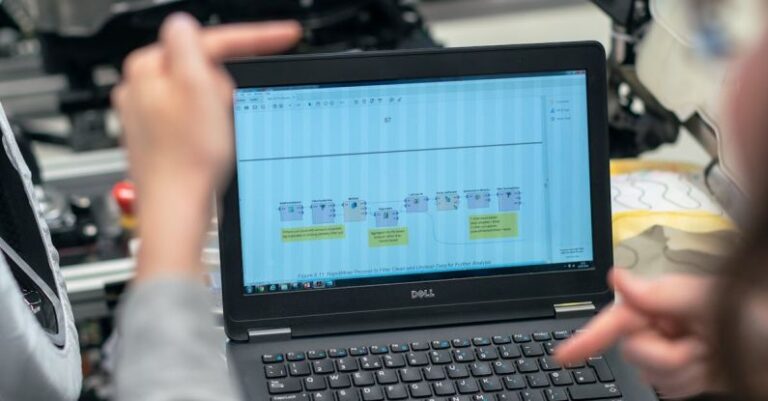
Embarking on a creative coding project can be an exhilarating journey that allows you to merge artistry and technology. Whether you are a seasoned developer or just starting out, following best practices can help you streamline your process and achieve your desired outcome effectively. Here, we explore some key tips and techniques to enhance your creative coding projects.
Define Your Goal and Concept
Before diving into the code, it is crucial to have a clear understanding of your project’s goal and concept. Define what you aim to achieve and the message you want to convey through your project. This initial step will serve as a roadmap for your coding process and ensure that you stay focused on your objectives.
Experiment and Iterate
Creativity thrives on experimentation and iteration. Don’t be afraid to explore different ideas and approaches in your coding project. Allow yourself to play around with various concepts, functionalities, and designs. By iterating on your work, you can refine your ideas and uncover new possibilities that can elevate your project to the next level.
Keep Your Code Clean and Organized
Maintaining clean and organized code is essential for the success of any coding project. Make use of proper indentation, comments, and naming conventions to ensure that your code is readable and understandable. Organize your files and folders logically to facilitate easy navigation and management of your project.
Utilize Version Control
Version control systems such as Git are invaluable tools for managing and tracking changes in your codebase. By using version control, you can easily revert to previous versions, collaborate with other developers, and maintain a consistent codebase. Familiarize yourself with basic Git commands and workflows to streamline your coding process.
Optimize Performance
Performance optimization is crucial, especially for creative coding projects that involve graphics, animations, or interactive elements. Pay attention to factors such as rendering speed, memory usage, and responsiveness to ensure that your project runs smoothly across different devices and platforms. Consider optimizations such as code minification, image compression, and lazy loading to enhance the performance of your project.
Embrace Creative Constraints
Creativity often thrives within constraints. Embrace constraints such as limited color palettes, screen sizes, or interaction methods to spark innovative solutions in your coding projects. Constraints can push you to think outside the box and come up with creative approaches that set your project apart.
Seek Inspiration and Feedback
Drawing inspiration from other creative coding projects, artworks, or design trends can ignite new ideas and perspectives in your work. Explore online resources, attend workshops, and engage with the creative coding community to stay inspired and informed. Additionally, seek feedback from peers, mentors, or online forums to gather constructive criticism and improve your project.
Test Across Different Environments
Testing your creative coding project across various browsers, devices, and screen sizes is essential to ensure a consistent user experience. Conduct thorough testing to identify and address any compatibility issues or bugs that may arise in different environments. Consider using browser developer tools and online testing platforms to streamline the testing process.
Share Your Work and Collaborate
Sharing your creative coding projects with the world can spark inspiration, foster connections, and open up new opportunities. Publish your work on platforms like GitHub, CodePen, or social media to showcase your skills and engage with the community. Collaborate with other developers, designers, or artists to explore new perspectives and create collaborative projects that push boundaries.
Incorporate User Feedback and Iterate
User feedback is invaluable for refining and improving your creative coding projects. Encourage users to interact with your project and provide feedback on their experience. Take note of their comments, suggestions, and pain points to iteratively enhance your project and create a more user-centric experience.
In conclusion, by following these best practices for creative coding projects, you can elevate your work, foster creativity, and engage with a vibrant community of creators. Embrace experimentation, maintain clean code, optimize performance, and seek inspiration to create projects that resonate with audiences and push the boundaries of creative coding. Remember, coding is not just about lines of code; it’s about storytelling, expression, and innovation. So, go forth, code creatively, and let your imagination soar.





